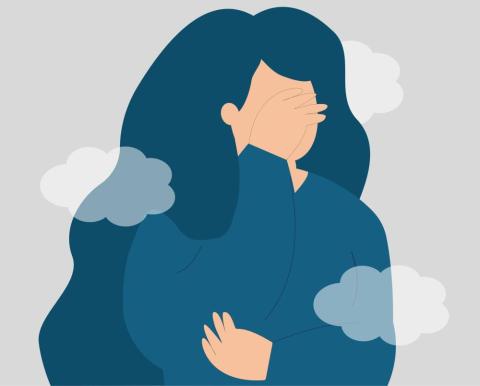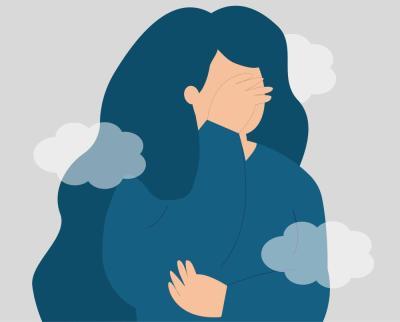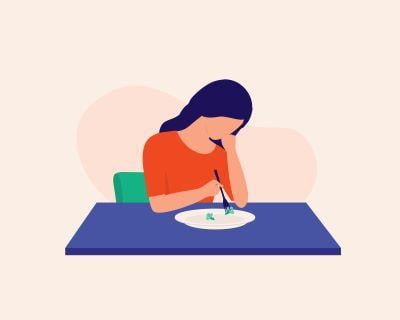For some people with anxiety disorders, headache pain, sometimes severe, may be all too familiar.
Headaches can be a common symptom — and sometimes a good indicator — of an anxiety disorder, particularly generalized anxiety disorder, or GAD. And chronic co-occurring headaches can make functioning even more difficult for someone with an anxiety disorder.
But you can manage anxiety disorders and such pain to lead a full and productive life.
Migraine Headache
A migraine is severe pain felt on one or both sides of the head. The pain normally occurs around the temples or behind one eye or ear.
A migraine may also cause nausea and vomiting and sensitivity to light and sound. The pain can last from a few hours to several days. A classic migraine usually causes an aura, or visual symptoms such as flashing lights 10 to 30 minutes before an attack or losing vision. A common migraine may cause nausea, vomiting, or other symptoms, but no aura.
Migraine and Anxiety Disorders
Researchers have suggested that a common predisposition to anxiety disorders, depression, and migraines may exist. Migraines and chronic daily headaches are common in people who suffer from anxiety disorders.
Migraine headaches can precede the onset of mental disorders, according to a 2009 study. Researchers found that 11 percent of participants in the study had migraines and a variety of disorders: major depression, general anxiety disorder (GAD), dysthymia, bipolar disorder, panic attacks, panic disorder, substance abuse disorders, agoraphobia, and simple phobia.
Many studies have found that people with GAD and panic disorder in particular experience migraines or other types of headaches.
And people with a co-occurring anxiety disorder and migraines have an increased likelihood of experiencing major depression; as many as 40% of patients with migraine also experience depression.
New research also suggests that people with chronic and episodic migraine are more likely to have posttraumatic stress disorder (PTSD) than the general population.
Studies show that the occurrences over a lifetime of depression, anxiety disorders, and bipolar disorder are significantly higher in migraine sufferers than in the general population, as are epilepsy and stroke. In those who suffer from major depression and an anxiety disorder, the onset of anxiety usually preceded migraine, but followed major depression.
Treatment
Special treatment challenges exist for a doctor treating a person with a co-occurring anxiety disorder and chronic headache pain.
A doctor may select a medication because it is effective for an anxiety disorder as well as headache pain, such as some anxiolytics, tricyclic antidepressants, and monoamine oxidase inhibitors (MAOIs). These medications may be used to treat an anxiety disorder alone, too. The doctor will closely monitor any side effects to make sure that the anxiety medication is not making the headaches worse or vice versa.
In addition, research suggests that cognitive-behavioral therapy (CBT) be considered for those who have migraines and PTSD.
















